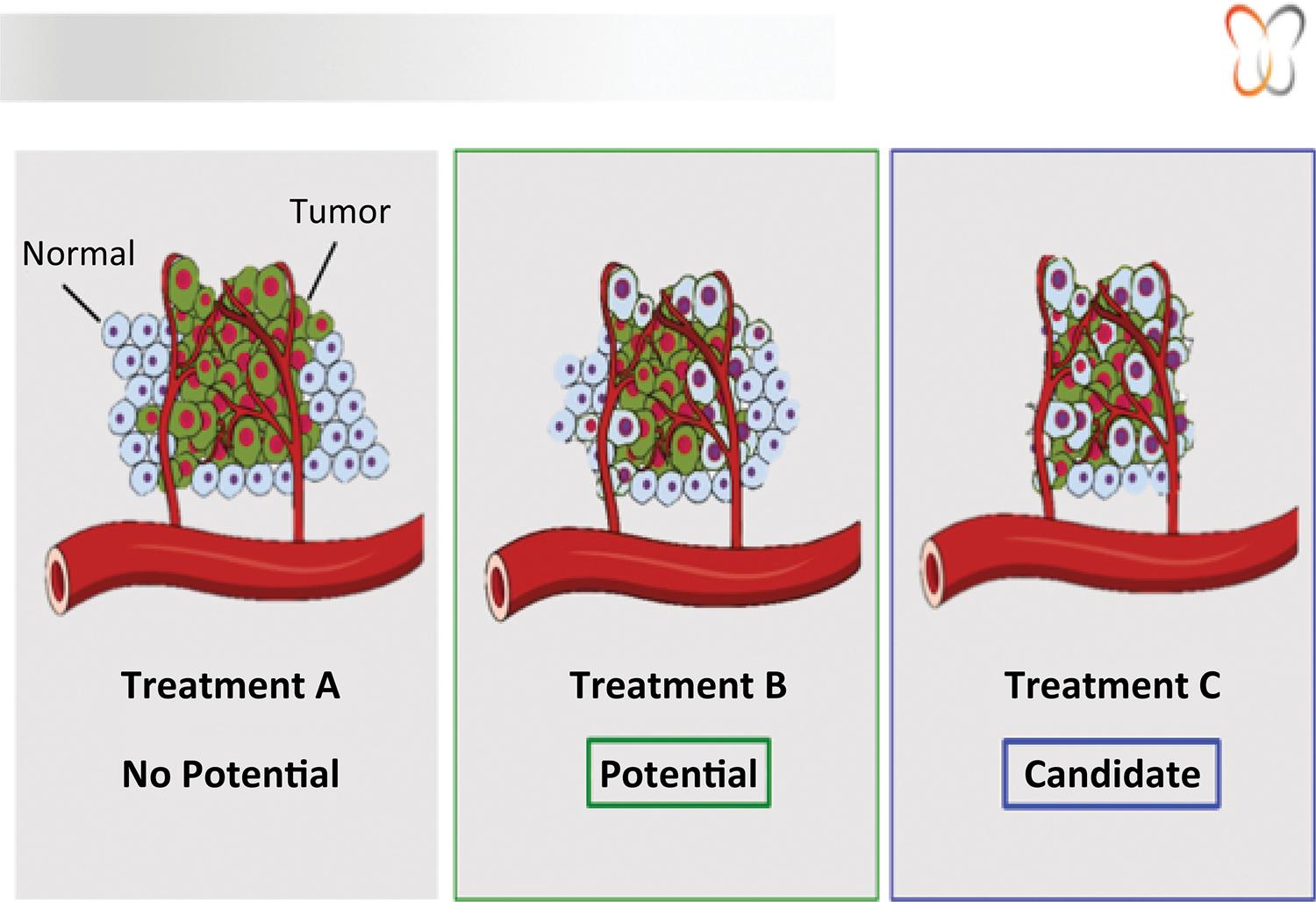Abstract
In the muscle invasive bladder cancer (MIBC) standard of care treatment only patients presenting a major pathological tumor response are more likely to show the established modest 5% absolute survival benefit at 5 years after cisplatin-based neoadjuvant chemotherapy (NAC). To overcome the drawbacks of a blind NAC (i.e. late cystectomy with unnecessary NAC adverse events) with potential to survival improvements, preclinical models of urothelial carcinoma have arisen in this generation as a way to pre-determine drug resistance even before therapy is targeted. The implantation of tumor specimens in the chorioallantoic membrane (MCA) of the chicken embryo results in a high-efficiency graft, thus allowing large-scale studies of patient-derived “tumor avatar”. This article discusses a novel approach that exploits cancer multidrug resistance to provide personalized phenotype-based therapy utilizing the MIBC NAC dilemma.
Chorioallantoic Membrane; Urinary Bladder Neoplasms; Heterografts; Drug Therapy





